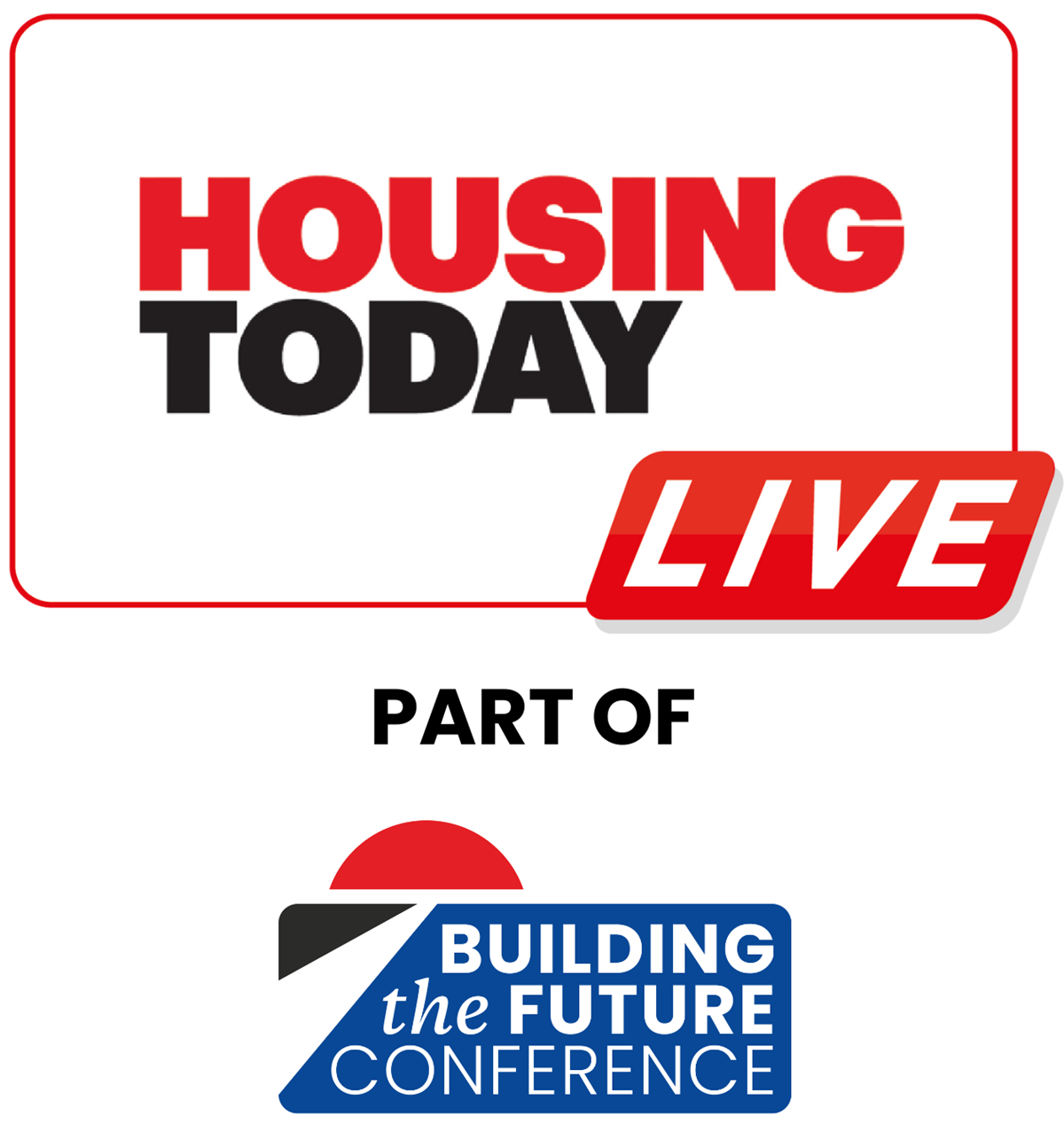Trusted media brand of the Chartered Institute of Housing

Trusted media brand of the Chartered Institute of Housing
Building health into housing must be a priority

Thoughtful housing design at an early stage can shape places that nurture health, strengthen social connection and reduce pressure on the NHS, argues Chris Scott
The Government’s 10-Year Health Plan released earlier this summer sets out an ambitious vision to bring care closer to local communities. It promises a network of integrated neighbourhood services to create an NHS fit for the future. But updating healthcare facilities alone isn’t enough – a holistic approach to health must involve the private as well as the public sector.
Developers have their role to play and must now rise to the challenge of designing housing that actively promotes health and wellbeing.
Login or Register for free to continue reading Housing Today
To continue enjoying housingtoday.co.uk, REGISTER FOR FREE
Already registered? Login here
Stay at the forefront of thought leadership with news and analysis from award-winning journalists. Sign up below to receive:
- Breaking industry news as it happens
- Gain access to Housing Today’s Specialist CPD modules
- Expert News and analysis
It takes less than one minute….
Join the Housing Today community - REGISTER TODAY
… or subscribe for full access - Subscribe now


